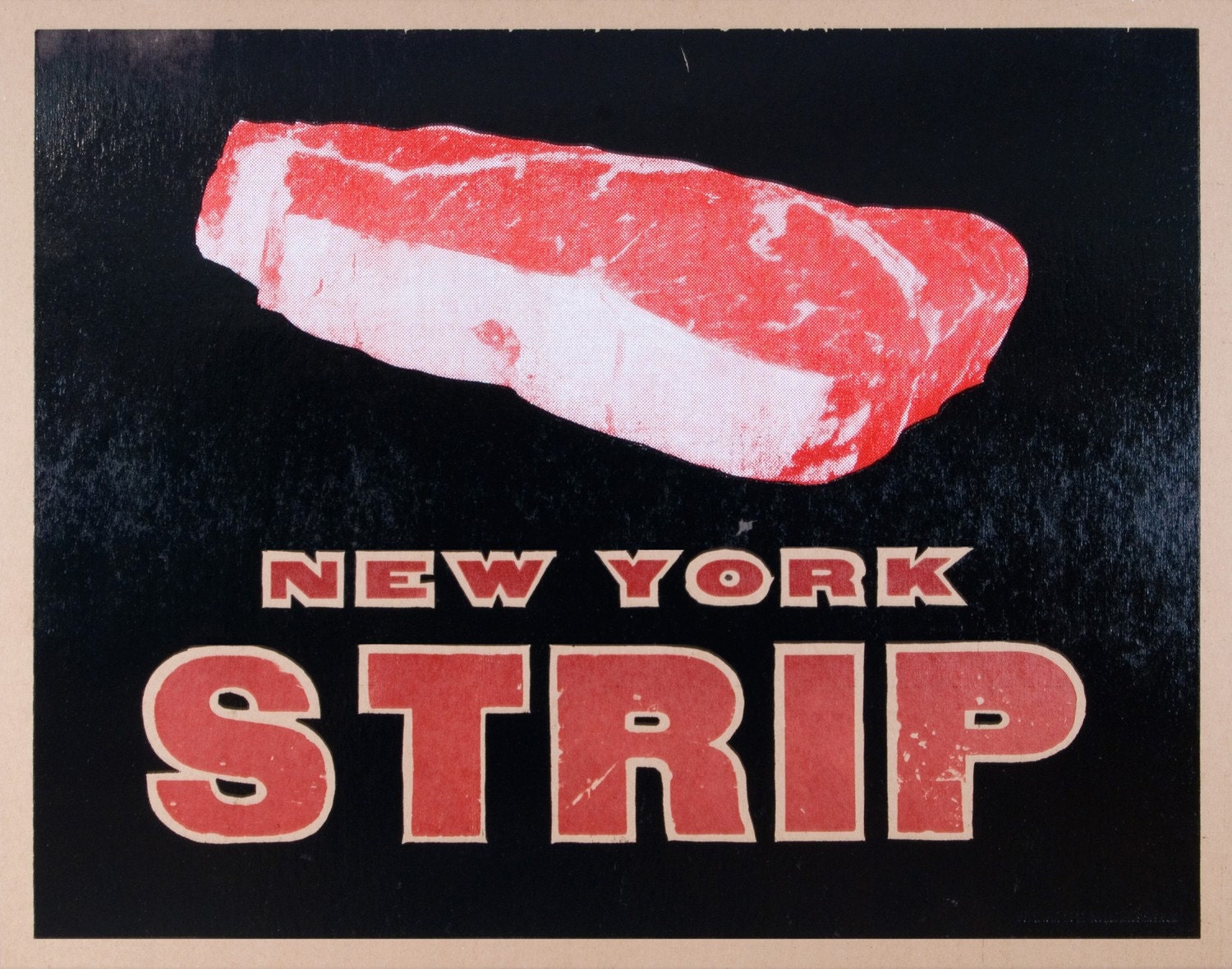There are a lot of ways to prepare a good steak — grilling, pan broiling or frying on the stove, in an oven or even on a griddle. And, from time to time I use all of these methods. But, today I’m going to share with you my very favorite way to cook a steak these days — in a cast iron skillet with a touch of melted butter. It’s quick (you don’t have to wait for the grill to heat up), it makes for a beautiful crust and it’s delicious.
Plus, if you’ve got side dishes cooking in the house (or are trying to finish up the laundry or last week’s episode of Grey’s Anatomy on the DVR) you don’t have to frantically run back and forth from the porch to the kitchen.
And since you’d be hard-pressed to find a side dish that goes better with steak than a good old baked potato, I’m going to show you how I make my favorite version of the classic.
Since the potatoes take longer to cook, we’ll start there.
Begin by gathering up the ingredients — washed baking potatoes, a spray can of EVOO and some coarse sea salt.
Preheat the oven to 350 degrees. Cover a cookie sheet in foil. Place the potatoes on the cookie sheet and spray them all over with the olive oil. Then, give them a good dusting of coarse sea salt. Don’t worry if it goes all over the sheet, you can let those strays cook up with the potatoes and use them to season your cooked potato, if desired.
Also, it’s important to know that the temperature isn’t all that important to baking potatoes. If you need them a little faster, or have something else cooking in the oven that requires a higher temperature, just decrease the cooking time. Or, if you need the oven set at a lower temperature, just add a little time. An average sized potato will be done in a couple of hours at 350.
It’s also noteworthy that you can decrease the cooking time substantially if you start them out in the microwave for a few minutes. Just make sure you poke a couple of holes in them with a fork first, and wait to season them until after they’re out of the microwave.
Now that our side dish is taken care of, let’s move to the center of the plate — the steak!
Today, I’m cooking my favorite, strip steaks, also known as a New York strip, a Kansas City strip, a club steak, a strip loin or a top loin. It’s a tender, full-flavor cut perfect for grilling, broiling or cooking in a skillet.
Look at these pretty steaks! I bought these 2 Certified Angus Beef® brand steaks from the full-service meat counter at my local United Market Street store a couple of days ago. Check out the cherry red color and beautiful marbling (little flecks of white within the red meat)!
While I like a variety of seasonings and rubs, garlic pepper is definitely my go-to seasoning for steaks and burgers. It adds a nice flavor without distracting from the meat and gives you that classic steakhouse taste. I like to season them pretty generously on both sides.
When I’m ready to start the steaks, I begin by preheating a cast iron skillet on medium high heat. Once it’s good and hot, I drop about 2 tablespoons of unsalted butter in and let it melt. You want enough to just barely cover the cooking surface. Once it’s all melty and starting to turn a little brown, put the steaks in.
In about 5 minutes, the steaks will be seared and develop a nice, pretty crust that’s going to hold all those juices in. That’s when it’s time to flip them, so the other side can do the same.
Continue to cook the steaks to desired doneness. If you’re using a meat thermometer, that’s 145 degrees for medium rare or 160 degrees for medium. (If you’re just cutting in and eyeballing them, well, they’re done when they look how you like them.) For a 1-inch thick strip steak, it’ll take about 11-15 minutes.
When the steaks have reached the desired doneness, remove them to a plate to rest while you assemble your potatoes. Here’s what the finished product will look like:































